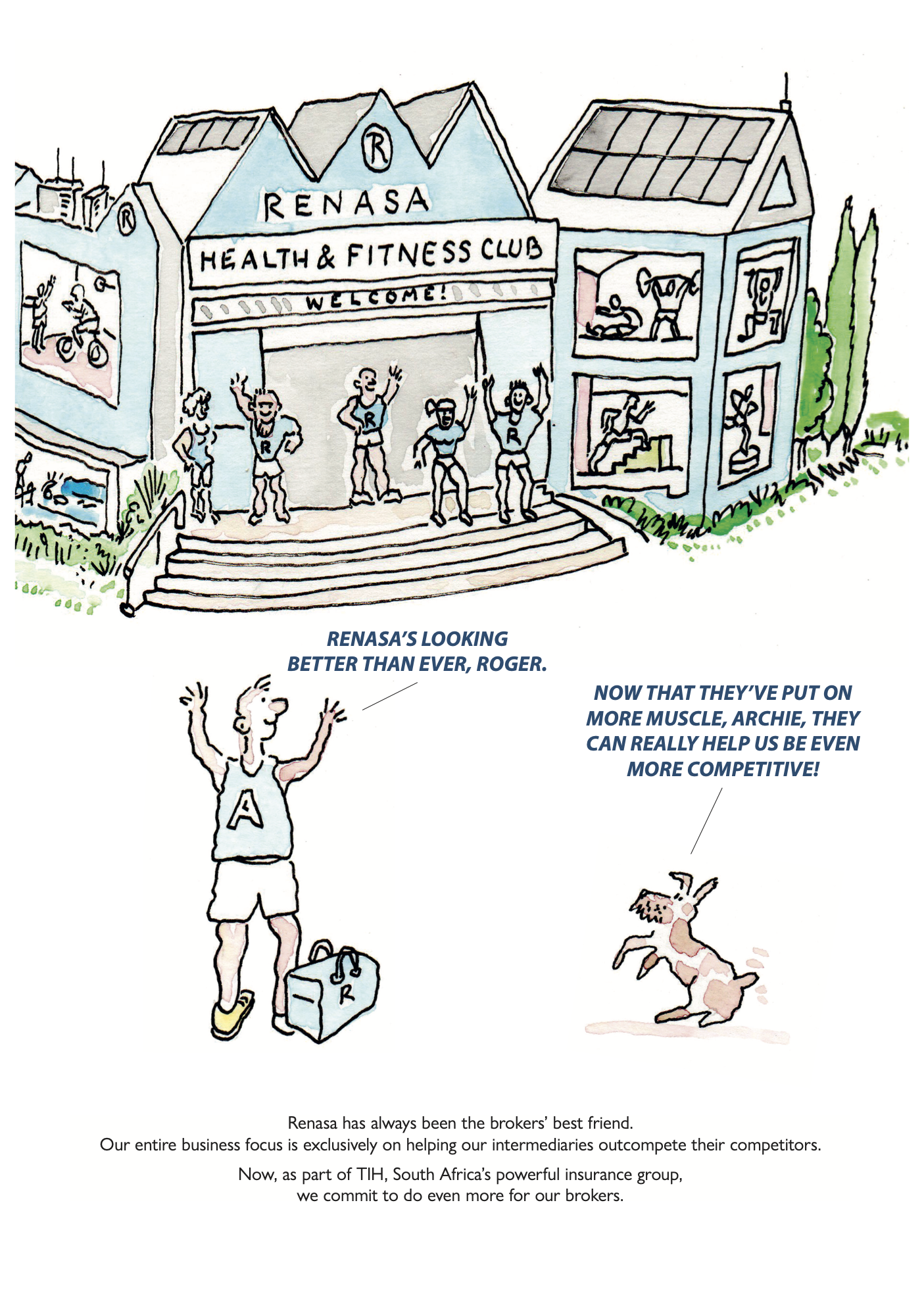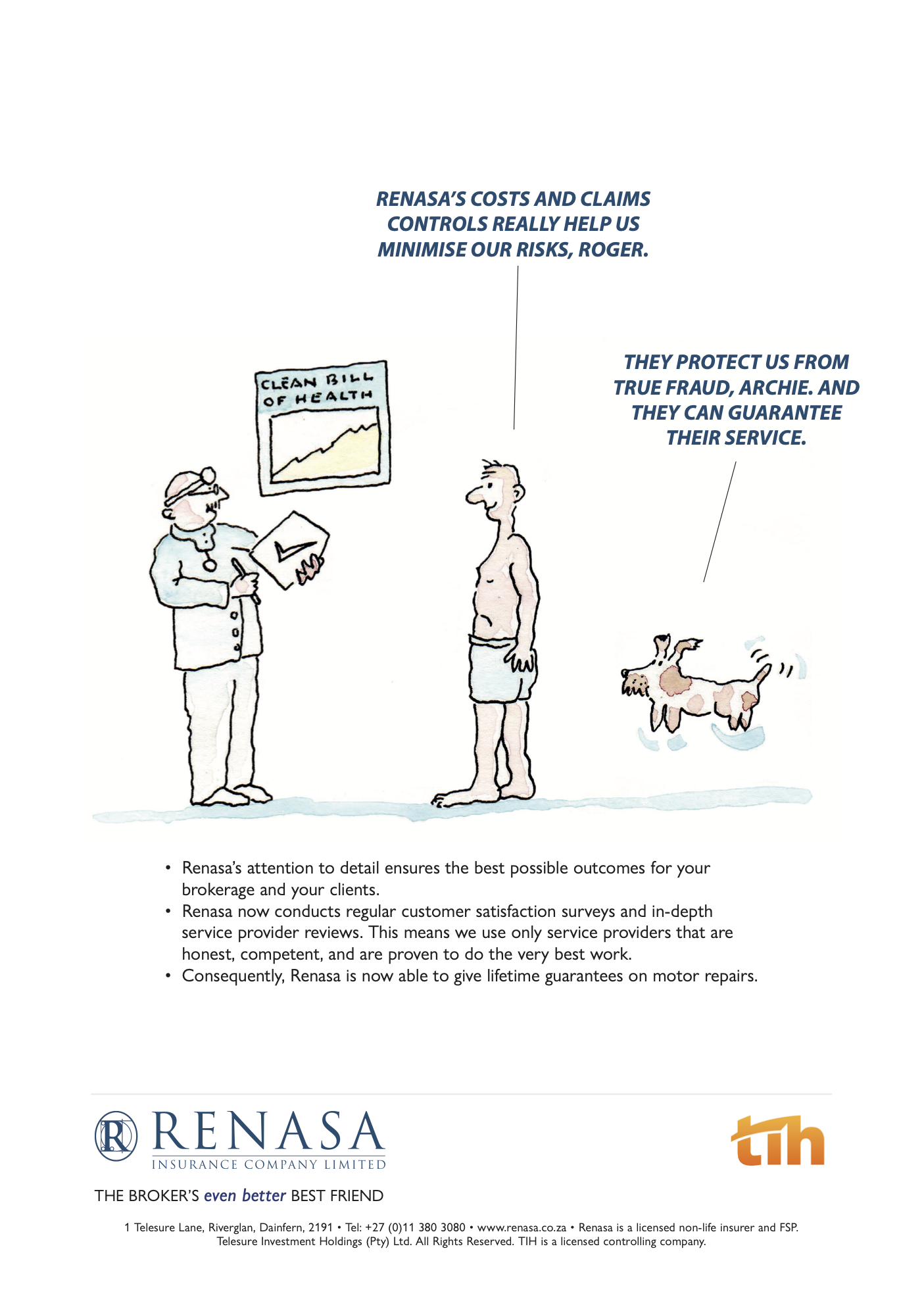Fergus McNamara, Director, FDM Engineering and Construction Insurance Underwriters (Underwriting for and behalf of Renasa Insurance Company ltd, a part of the Telesure Group of Companies)
The construction and engineering sectors rely heavily on plant and machinery, from cranes and excavators to tipper trucks and TLBs. However, insuring this equipment is not as straightforward as many assume.
At FDM Engineering Underwriters, we provide a plant all-risk policy that stands out in the market by offering broad coverage and addressing key pain points that brokers and clients face.
The complexity of Plant Insurance – One of the major challenges in plant insurance is that brokers often treat these policies like standard motor vehicle insurance. However, plant insurance operates on different principles. Without proper training, brokers and clients may struggle to understand the nuances of policy coverage, claims assessments, and valuation methods.
At FDM, we take a structured approach to simplifying these complexities. Our policies are designed to provide clarity and certainty, ensuring that clients always understand how their equipment is insured and what they will receive in the event of a claim.
Key coverage options – A plant all-risk policy typically provides coverage based on three main valuation methods:
- New Replacement Value: In case of partial loss, new parts are used for repairs. However, if the machine is written off, the payout is based on market value.
- Market Value: Both partial and total loss claims are assessed at current market value. If new parts are used for repairs, a proportional average applies.
- Agreed Value: The insured amount is predetermined, ensuring fixed compensation in the event of a total loss. However, for partial losses, used parts are considered unless the policyholder agrees to a depreciation adjustment.
Market value assessment is a contentious issue in the industry. What determines a machine’s worth? Traditionally, insurers seek valuations from multiple dealers. At FDM, we introduced a depreciation-based valuation model that ensures policyholders know their equipment’s declining value year after year, eliminating ambiguity.
Addressing market challenges – One of the most pressing concerns in plant insurance is theft, particularly theft under false pretences, where criminals hire equipment with no intention of returning it. Many insurers have excluded this risk altogether. However, we provide an option for clients to buy back coverage, subject to compliance with risk management conditions.
To mitigate fraud, we have implemented a set of five mandatory conditions:
- A legally binding contract must exist between the hirer and hiree.
- Copies of identity documents (or company CK documents) must be obtained.
- Verification of the hiring company’s legitimacy must be completed.
- Deposits must reflect in the company’s bank account before releasing equipment.
- Machines must be delivered to a verified construction site, not random locations such as parking lots or schools.
Failure to comply results in an additional excess, ensuring accountability while still providing some level of coverage.
Understanding industry trends – The plant insurance market operates in cycles. Over the past year, we’ve seen high activity in crane and tipper truck acquisitions but a significant decline in smaller machinery like TLBs and excavators. This trend presents both risks and opportunities. Larger, high-value machinery increases exposure for insurers, making portfolio diversification crucial.
From an insurer’s perspective, diversification is key to managing risk effectively. A portfolio filled with R30-million cranes skews the balance, increasing potential losses. By ensuring a mix of high- and low-value machinery, we maintain a sustainable risk distribution.
The rising cost of repairs – Another challenge is the escalating cost of replacement parts. We have observed inflation rates of 30% per year for plant components. This trend suggests that manufacturers, facing lower new equipment sales, are compensating by increasing part prices.

Renasa has always been the broker’s best friend.
Our entire business focus is exclusively on helping our intermediaries outcompete their competitors.
Now, as part of TIH, South Africa’s powerful insurance group,
we commit to do even more for our brokers.

RENASA’S COSTS AND CLAIMS CONTROLS REALLY HELP US MINIMISE OUR RISKS, ROGER.
- Renasa’s attention to detail ensures the best possible outcomes for your brokerage and your clients.
- Renasa now conducts regular customer satisfaction surveys and in-depth service provider reviews. This means we use only service providers that are honest, competent, and are proven to do the very best work.
- Consequently, Renasa is now able to give lifetime guarantees on motor repairs.
Renasa is a licensed non-life insurer and FSP. Telesure Investment Holdings (Pty) Ltd. All Rights Reserved. TIH is a licensed controlling company.
To combat this, we provide clients with clear depreciation guidelines, allowing them to make informed decisions about repairs and claims. Policyholders know in advance how depreciation will be applied, making financial planning easier.
The role of brokers in managing risk – Brokers play an essential role in guiding clients through the complexities of plant insurance. While some brokers specialise in engineering and plant policies, generalists can also succeed in this space with the right training.
At FDM, we actively support brokers through structured training programs. A few hours of focused learning can equip brokers with the knowledge they need to serve their clients effectively. We also provide quick reference guides outlining key policy principles and claim procedures, ensuring brokers can offer immediate, accurate advice.
Liability and Third-Party coverage – Beyond plant insurance, liability risks must also be considered. Clients can add site liability to their policies, covering third-party damage and injuries on-site. This coverage ranges from R1 million to R50 million, depending on the client’s needs.
For machinery that is road-licensed, we also offer motor third-party liability coverage, ensuring full compliance with regulatory requirements. Around 20% of policyholders opt for these additional coverages, highlighting their importance in high-risk environments.
Looking ahead: Industry expectations – Government infrastructure spending has been a topic of discussion for years, but real progress has been slow. Currently, we are experiencing a decline in new construction projects. However, we anticipate an upturn from 2026 onwards, with increased investment in roads, energy, and public infrastructure.
For insurers and brokers alike, preparing for this growth phase is critical. By refining policies, improving risk management practices, and staying informed about industry trends, we can ensure the sector’s long-term sustainability.
Plant insurance is a specialised yet essential area of the market. While it presents unique challenges—ranging from theft risks to valuation disputes—there are also significant opportunities for insurers, brokers, and clients who take a proactive approach.
At FDM Engineering Underwriters, our focus remains on providing clear, fair, and comprehensive policies that simplify complexities and deliver real value. As the market evolves, we continue to adapt, ensuring that both brokers and clients are equipped with the best possible tools to manage their risks effectively.
For brokers looking to expand into this space, the opportunity is there. With the right training and industry support, plant insurance can become a rewarding addition to any portfolio, ensuring both client satisfaction and long-term business growth.

